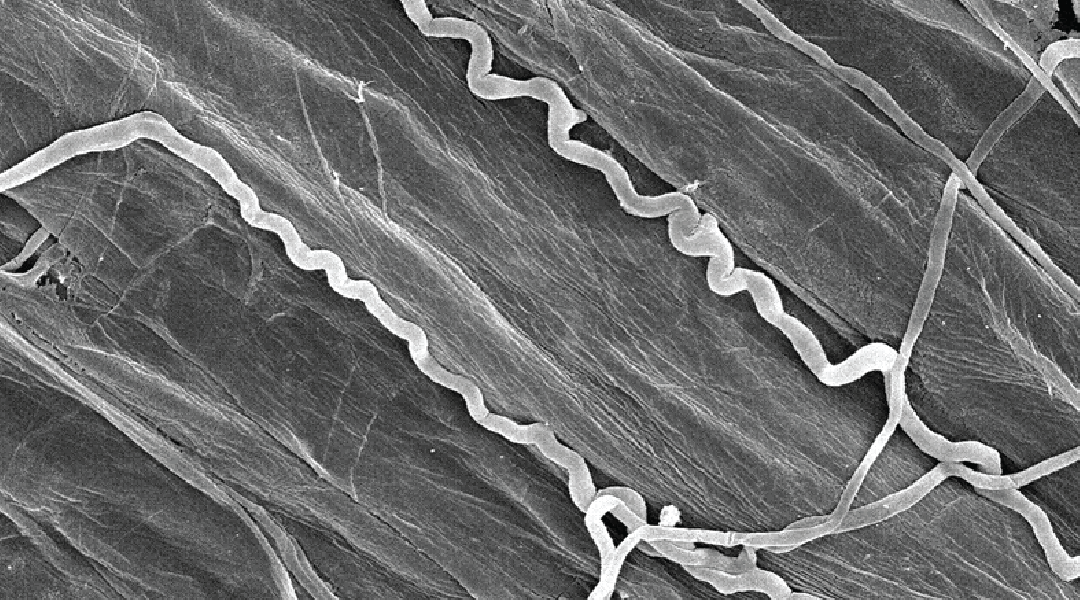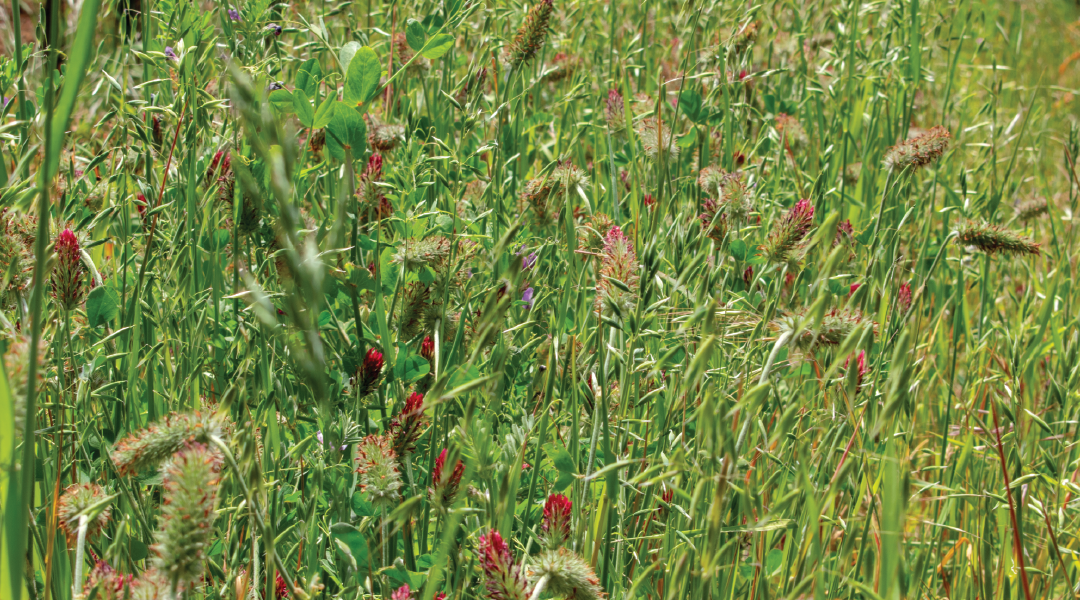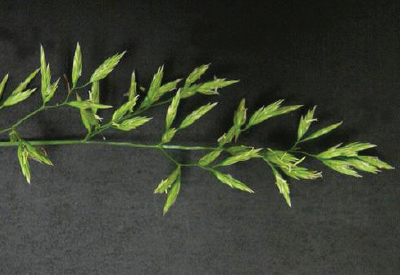After being brought from Europe in the late 1800s, fescue grasses have spread extensively throughout North America, especially in wetter areas like the southeastern states and pacific northwest. Fescue does have some good qualities when it comes to erosion control and hardiness, but has created health problems for grazing livestock like cattle, sheep, and horses.
Whether it's “summer slump” during warm weather, or “fescue foot” during cold weather, fescue toxicity represents a serious drain on the agricultural community. Fescue toxicosis is responsible for around $2 billion in lost production in the beef cattle industry alone. Let’s look at what causes fescue poisoning, and how to reduce its effects on your land and animals.
Is Fescue Grass Toxic?
There are a variety of fescue grasses, but when it comes to fescue toxicosis, you will likely hear about a variety of tall fescue called Kentucky 31. After decades of spreading in North America, farmers began to notice a cycle of fevers, reduced appetite, low body weights, and other production problems. In 1931, the University of Kentucky discovered the culprit…a European tall fescue grass with a widespread fungus called “the endophyte.” (Endophytic fungi has also been found infecting perennial ryegrass.)
Endophyte
The name endophyte itself explains why fescue toxicity is so difficult to 100% avoid.
- Endo = “inside”
- Phyte = “plant”
Endophyte is a fungus that grows in between the individual plant cells of living fescue, as well as the seeds. You cannot tell if fescue is infected with endophyte just by looking at it, only through laboratory testing. Endophyte and fescue have a symbiotic relationship, each benefitting from the other. The grass acts as a host, giving the fungus a place to live, while the fungus helps repel pests and diseases. Fescue fungus can be present in growing forage, stored or baled forage, and pelleted feed. Endophyte can grow in multiple areas of the plant, but is especially concentrated in the seed heads.
 *Fescue fungus (endophyte) growing between plants cells (photo courtesy of University of Georgia Extension)
*Fescue fungus (endophyte) growing between plants cells (photo courtesy of University of Georgia Extension)
Fescue Toxicosis Symptoms
Fescue fungus creates a number of compounds called ergot alkaloids (also called ergo peptides) that are toxic when ingested in certain quantities. Ergots are a type of mycotoxin, a more familiar term in the ag community. Ergovaline is the compound most commonly blamed for fescue poisoning symptoms, and mainly affects cattle, horses, and sheep.
Fescue Poisoning Symptoms in Cattle, Horses, and Sheep
“Summer slump” (also called summer fescue toxicosis)
- Reduced feed intake
- Weight loss or low weight gains
- Lower milk production
- Rough coat (or inability to shed winter coat)
- Fever and heat stress
- Rapid breathing (tachypnea)
- Excessive salivation
“Fescue Foot” (also known as winter fescue lameness)
Fescue poisoning restricts blood flow and circulation which, with colder weather, can cause different symptoms than in the summer:
- Lameness in feet and hooves
- Dry gangrene and necrosis (dead or dying tissue) in the limbs and other extremities (ears, tail, etc.)
- Loss of body mass
- Arched backs
- Rough coat
How to Reduce Fescue Toxicosis
Fescue growth is so widespread across North America, most experts agree it’s here to stay. A two-pronged approach including both land and livestock is needed to stay ahead of such an endemic problem. Thankfully, after the discovery of fescue fungus almost 100 years ago, there is a great deal of knowledge to pass down. Tackling the fescue problem requires some innovation and plenty of sharing so keep in contact with your neighbors and share what works with each other so everyone can benefit together! The Veterinary Health Center at the University of Missouri (VMDL) keeps an updated list of best practices both in pasture management and animal care that can reduce the effects of fescue poisoning.
Pasture Management To Reduce Fescue Poisoning
Forage and Pasture Testing
Periodic pasture testing can measure mycotoxin levels, but can also measure the effectiveness of your other fescue management strategies. Make sure your preferred lab has a toxicology section that will test for ergot/fescue alkaloids (some may charge you additional fees to test for that specific compound).
Avoid High Nitrogen Fertilization
The VDML has found that “avoidance of high nitrogen fertilization rates reduces the severity of fescue toxicosis.” Nitrogen fertilizers favor fescue growth over other plants. Instead of applying high rates of nitrogen based fertilizers to pastures, broaden the nutrient and mineral profile of your soil amendments beyond just NPK (nitrogen, phosphorus, potassium). Learn more about supporting the nitrogen cycle in your soil without chemical fertilizers.
Don’t let Fescue Go to Seed
Mowing, clipping, or strategic grazing can keep fescue grasses in the young and more vegetative stage. Fewer seed heads mean lower ergovaline compounds. If you are harvesting and storing fescue for the winter, remove seed heads from cut grasses before they are dried or pelleted.
Pasture Rotation and Replacement
Sub-divide pastures to section off higher fescue areas. With these divisions, you can try progressive or rotational grazing to limit seed heads, remove tall fescue, and reseed your forage before re-introducing your animals.

Forage Dilution
Over-seeding tall fescue pastures with clover and other legume seeds can dilute the endophytic toxins, diversify your forage, and give other plants a chance to regain some ground. If you have no choice but to use stored fescue, mix it with safer feed and forage to reduce the toxin effects on your animals.
Longer Seed Storage
Some testing has shown that storing fescue seeds for over a year, or at least 18 months before planting can reduce endophyte infestation.
Ammoniation
Ammoniation, or treating hays with ammonia, reduces the effects of endophyte toxins as it breaks down the barriers between plant cell walls. Here are some simple steps to ammoniate your stored forage.
Animal Care to Reduce Fescue Poisoning
The ergots produced in tall fescue grasses are a type of mycotoxin; that means animal management strategies used for mycotoxins can also help reduce fescue toxicity.
Add Toxin Binder to Mineral Program
Mixing a toxin binder into your animals’ minerals is a simple step to reduce the effect of the fescue endophyte. These supplements, like sodium bentonite clay, adsorb and naturally bind to toxins so they can be safely excreted. Most toxin binders are not very palatable on their own, but with salty electrolytes as a carrier, you can use your animals’ natural cravings to encourage intake.
Move and Separate Vulnerable Animals
Some animals show more fescue tolerance than others. It is best to move pregnant mares, cows, ewes, and other more vulnerable animals to safer pastures and feeds until fescue growth can be eradicated or diluted. Operations in fescue heavy areas have also found some success in culling fescue sensitive animals and breeding specifically for fescue resilience.
Increase Immune Support Minerals
Endophyte infested fescue is already lower in copper than other forage, plus toxicosis symptoms interfere with your animals’ ability to eat and absorb the minerals they need to stay healthy. Supplementing with minerals like selenium, zinc, copper and magnesium will help support immune health.
Heat Stress Management
Summer fescue poisoning is made worse as fever and heat stress prevent your animals from eating and drinking. Use heat stress strategies to keep your grazers metabolisms running efficiently:
- Plenty of salty electrolytes to encourage hydration
- Access to cool, well ventilated, and shady areas
- Protect rumen health and pH balance
Help from Redmond Minerals
Redmond can offer fescue plagued animals a full spectrum of sea minerals, extra supplementation to boost immune health, and gut supportive volcanic conditioner to bind to harmful toxins.
Redmond products have really been a blessing. I love the sea mineral blend [SR50] because I used to have lots of trouble with the toxicity and fevers that come during fescue season. With Redmond sea mineral blend in the ration, these problems never come. Consumption really goes up in May and June during fescue season. My animals’ body condition scores are the best I have ever had and they have been up ever since I began feeding Redmond. -Kelly (Kentucky)

The combination of our ancient sea minerals and volcanic bentonite conditioner is a powerful tool for fighting fescue problems. Our sea deposit has a unique mineral profile that mirrors the mineral levels of healthy animal blood, both in type and concentration. Add that to the natural toxin binding and pH buffering of our volcanic conditioner, and you can give your animals a healthy start to fescue season! Give Redmond a call today so you can stop worrying and get back to what you love about raising animals.
© 2025 Redmond Minerals Inc.

